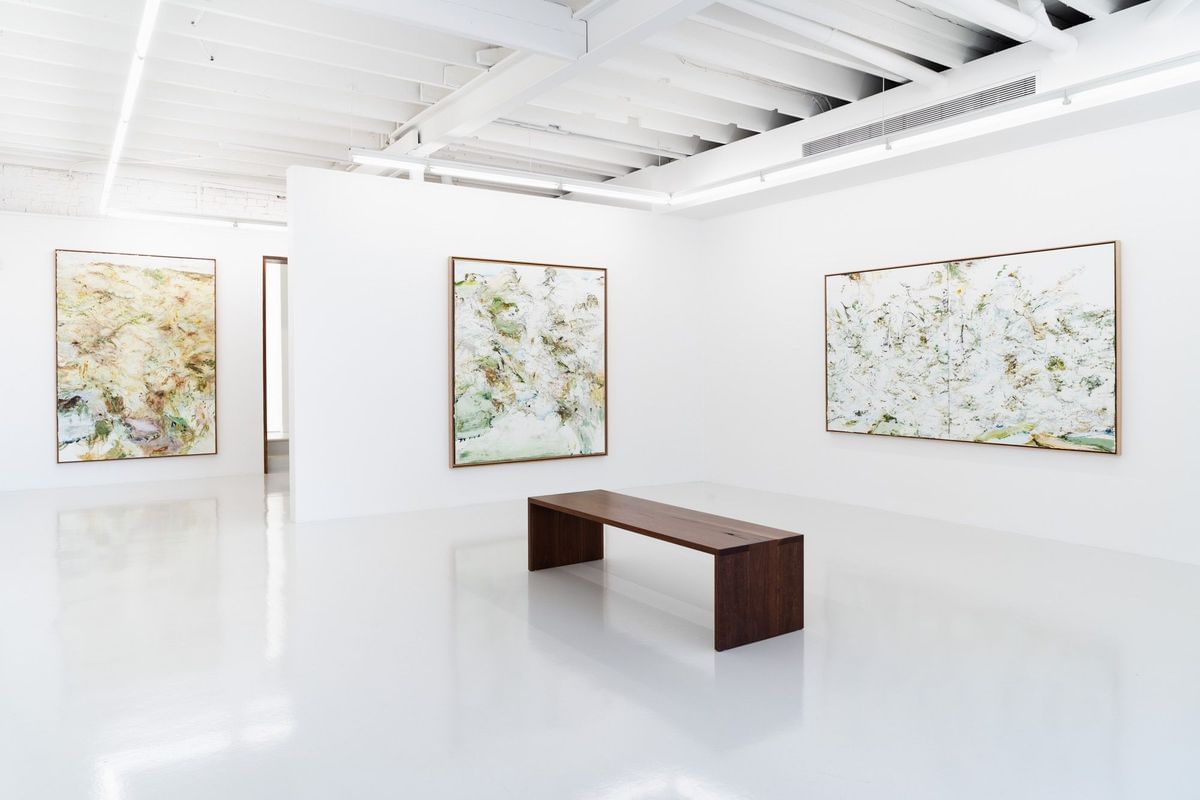

INSTALLATION VIEW 'River Song'2023
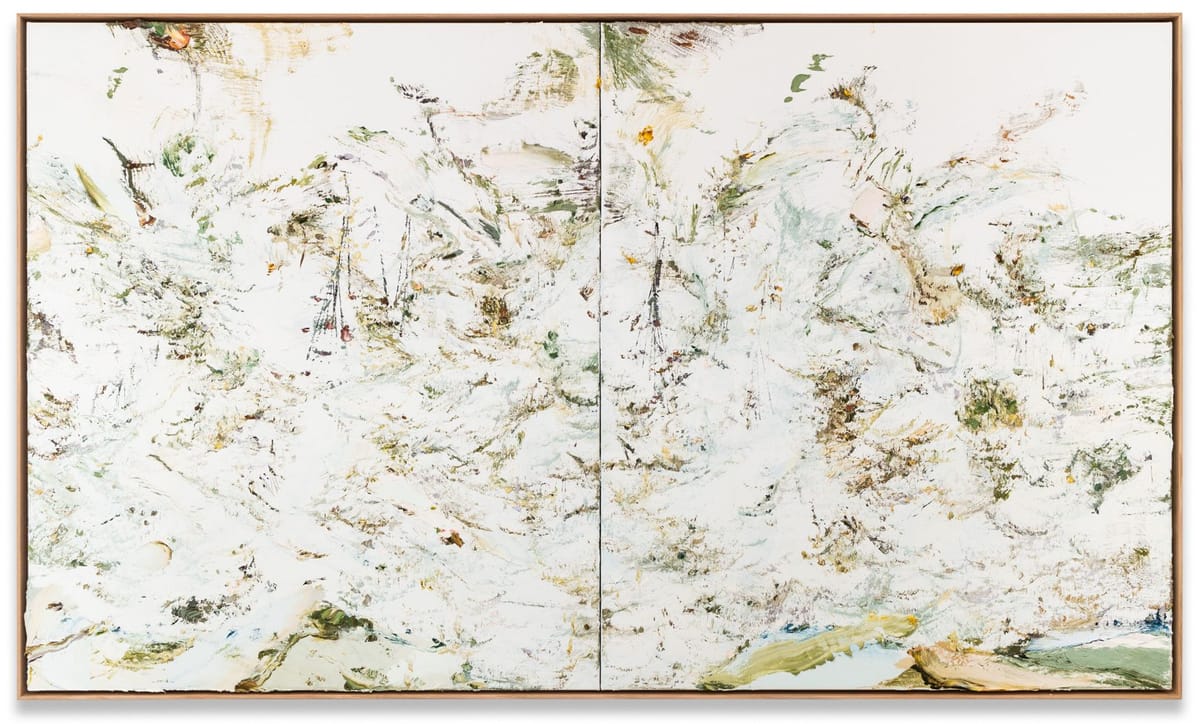
oil on linen
140 x 240 cm
SOLD

River Bed Arpeggio Pt.12023
oil on linen
140 x 240 cm
oil on linen
140 x 240 cm
SOLD
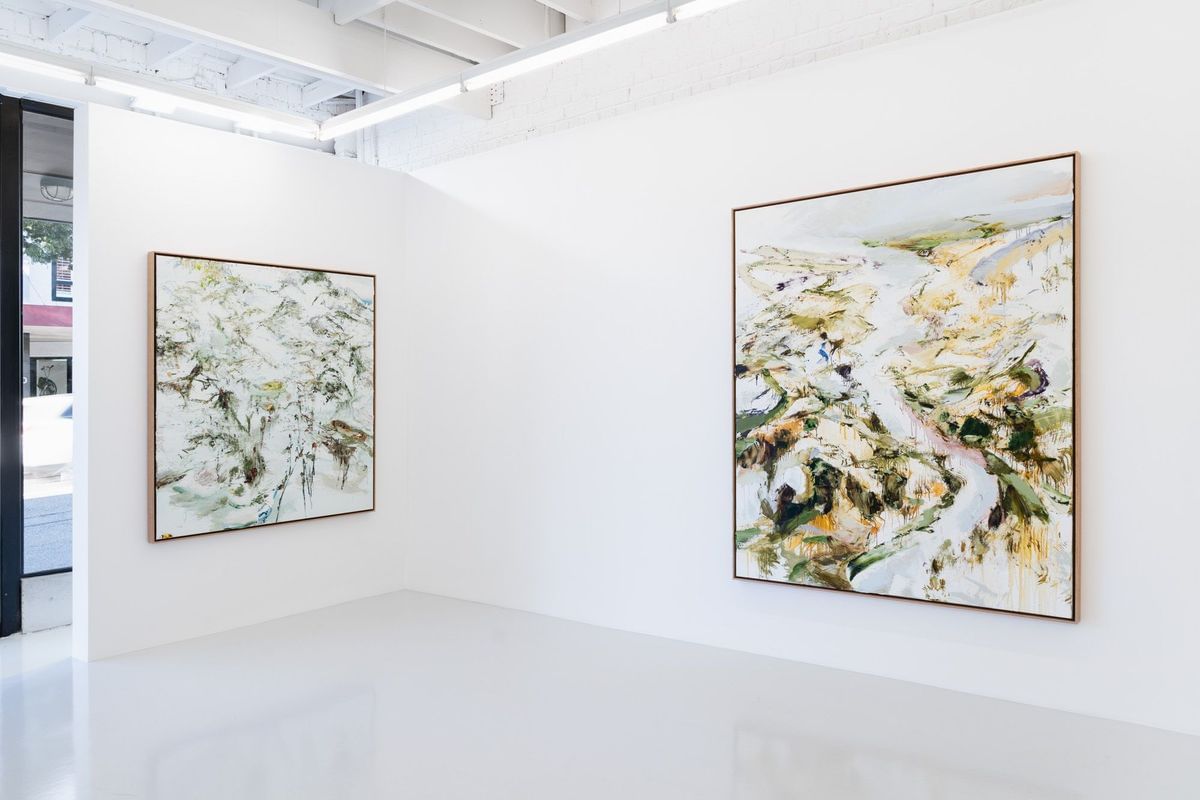

INSTALLATION VIEW 'River Song'2023
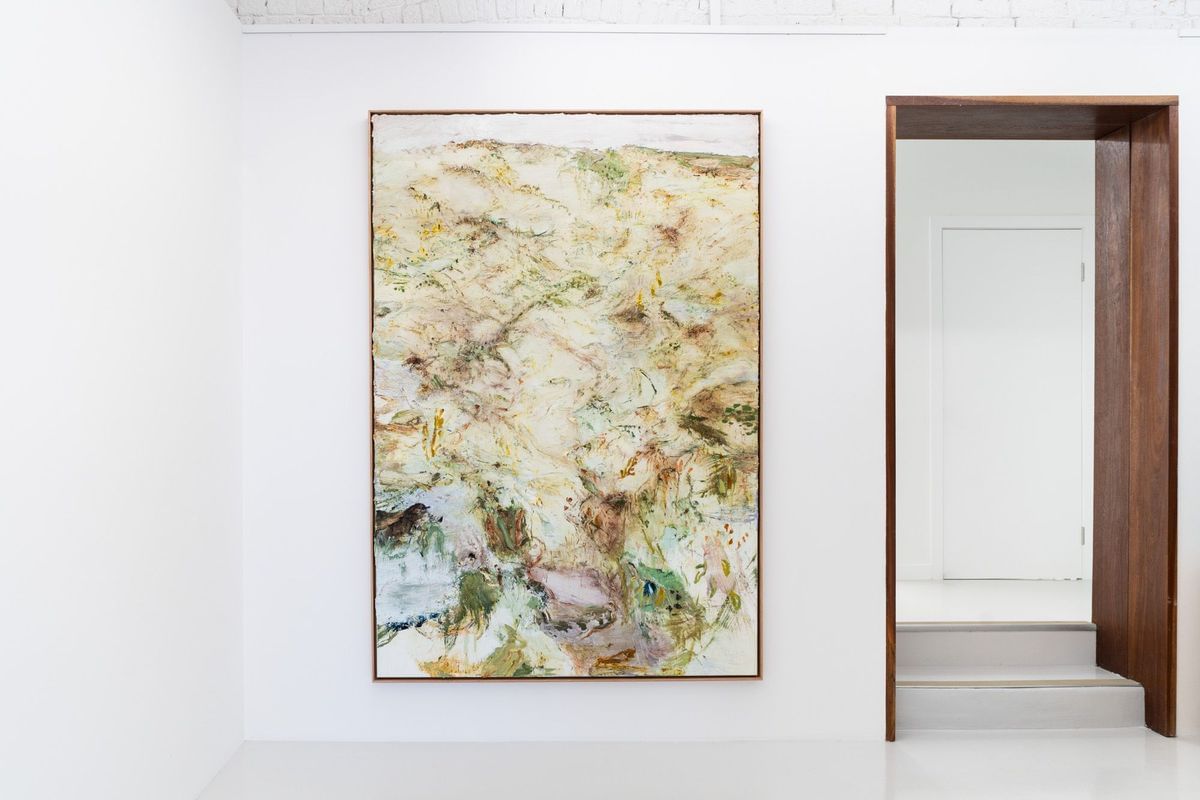

INSTALLATION VIEW 'River Song'2023
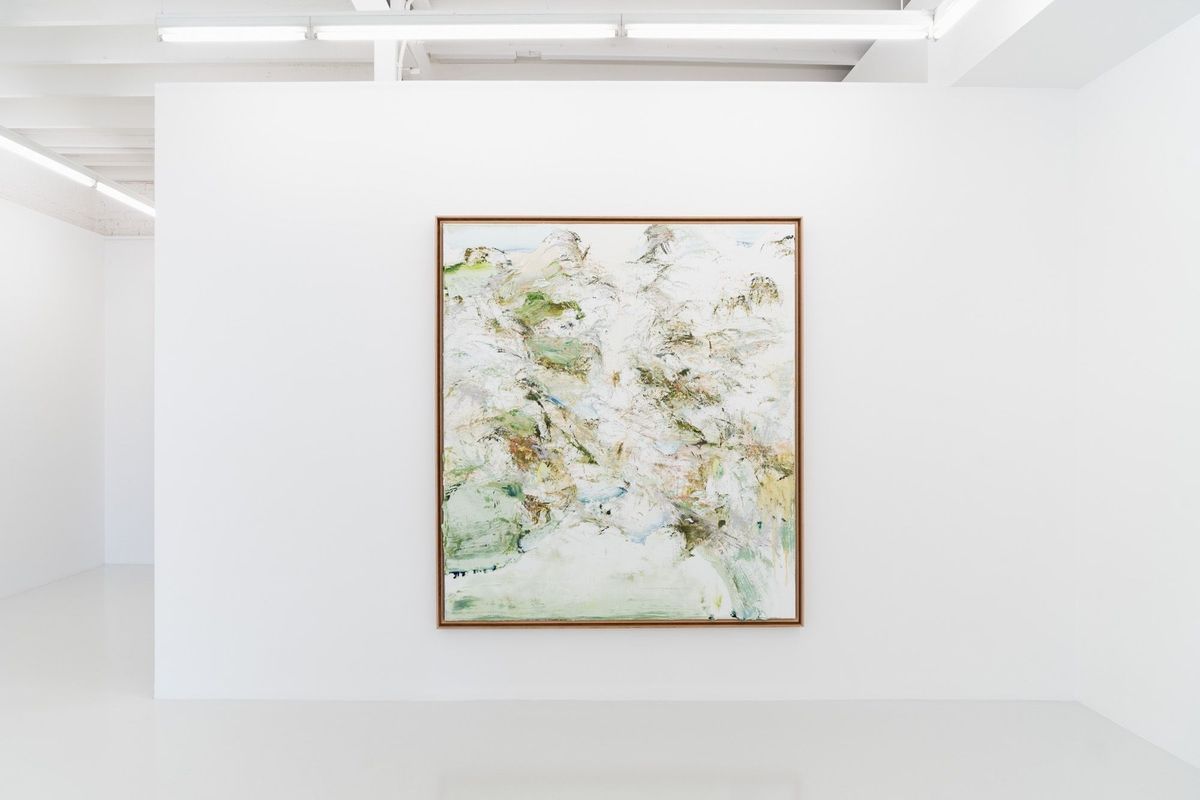

INSTALLATION VIEW 'River Song'2023
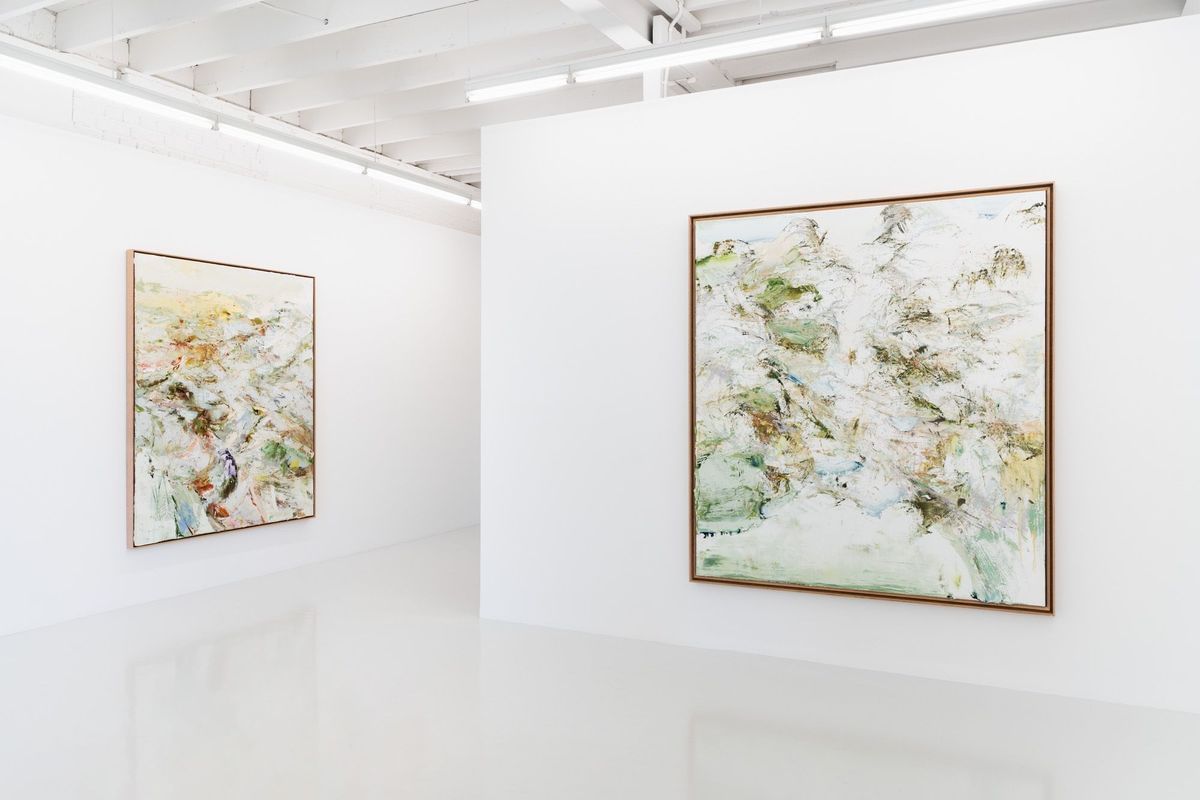

INSTALLATION VIEW 'River Song'2023
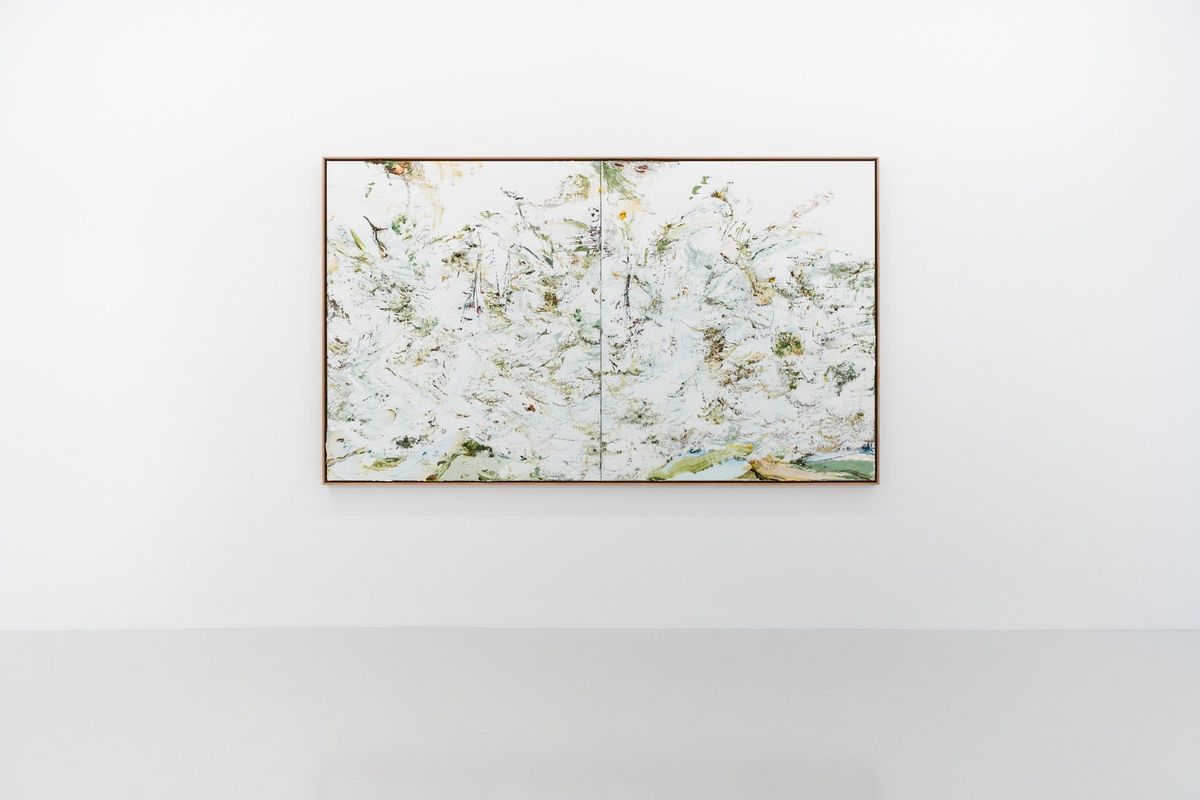

INSTALLATION VIEW 'River Song'2023
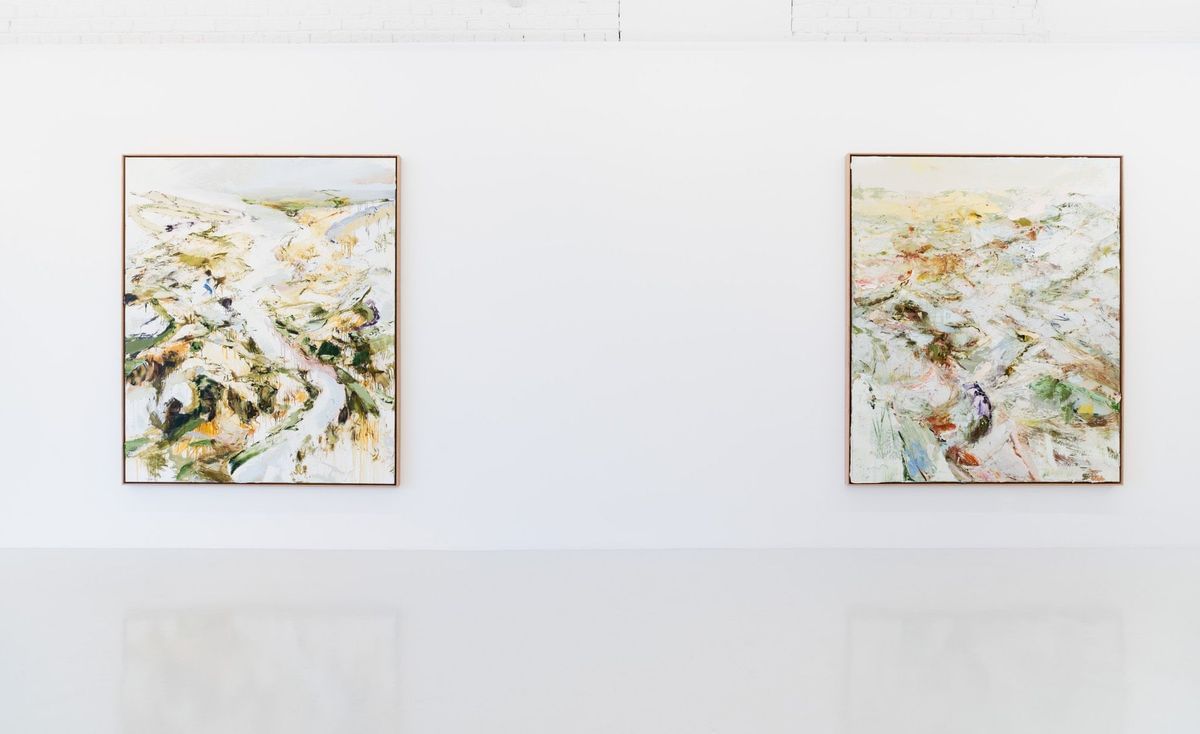

INSTALLATION VIEW 'River Song'2023
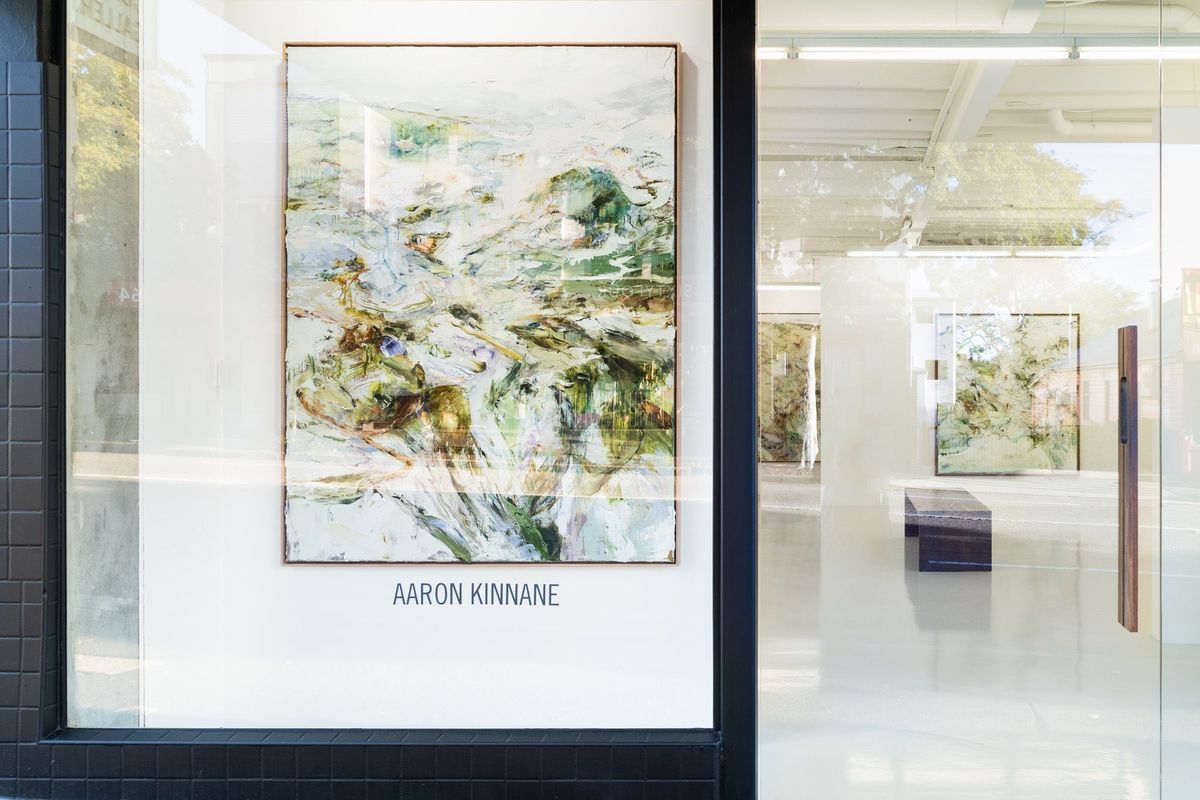

INSTALLATION VIEW 'River Song'2023
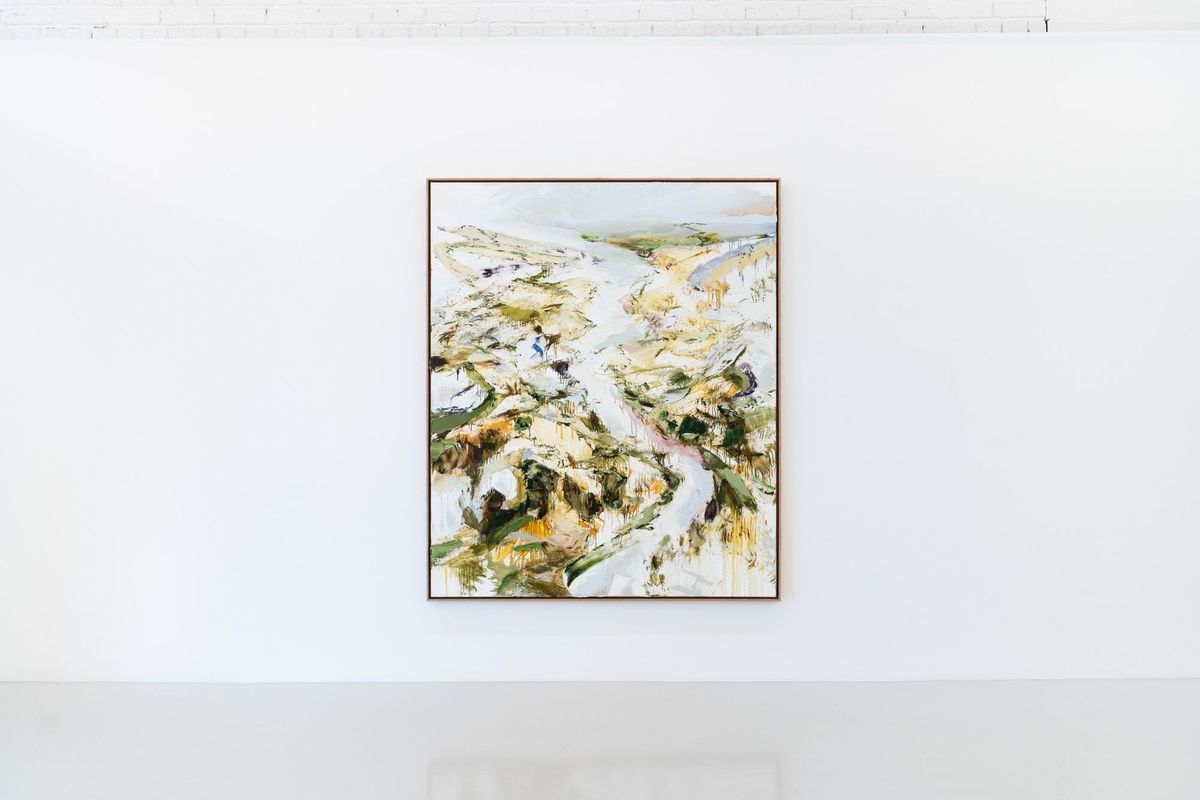

INSTALLATION VIEW 'River Song'2023
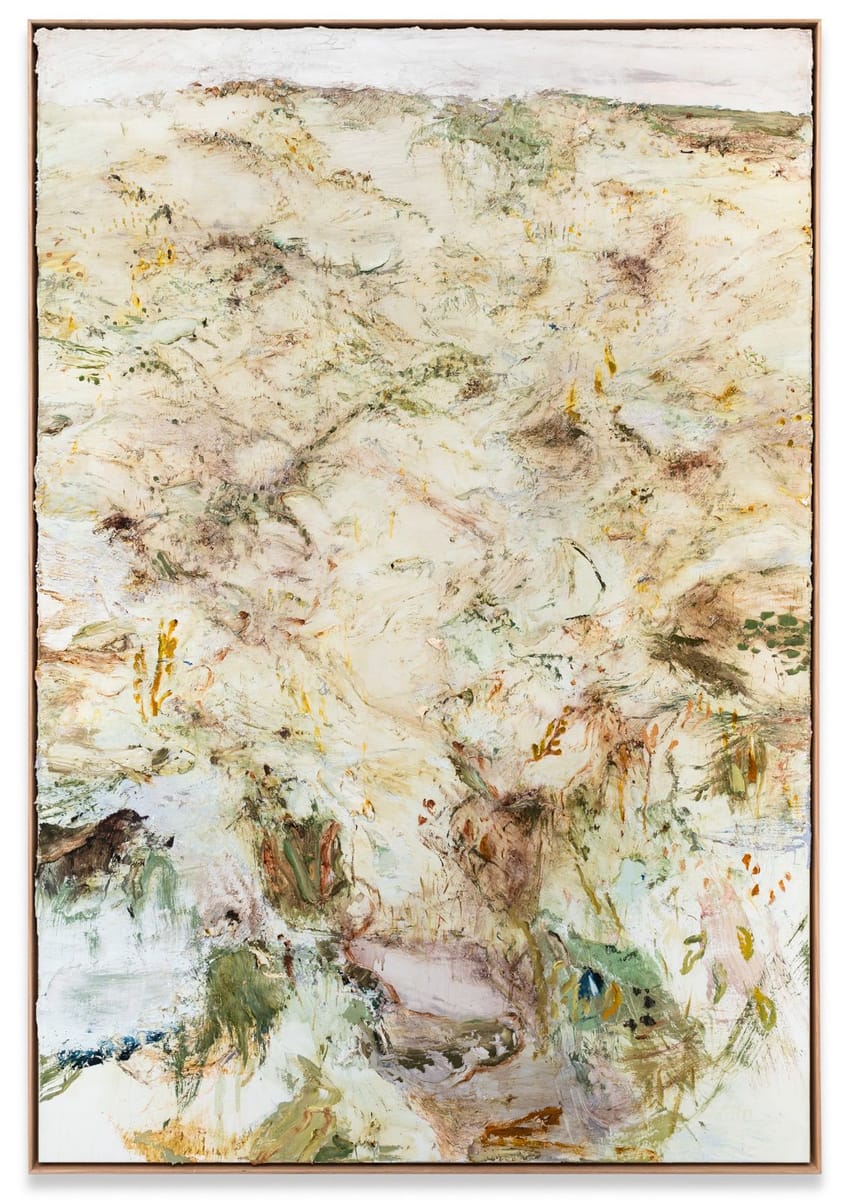
oil on linen
220 x 150 cm
$23,000
ENQUIRE

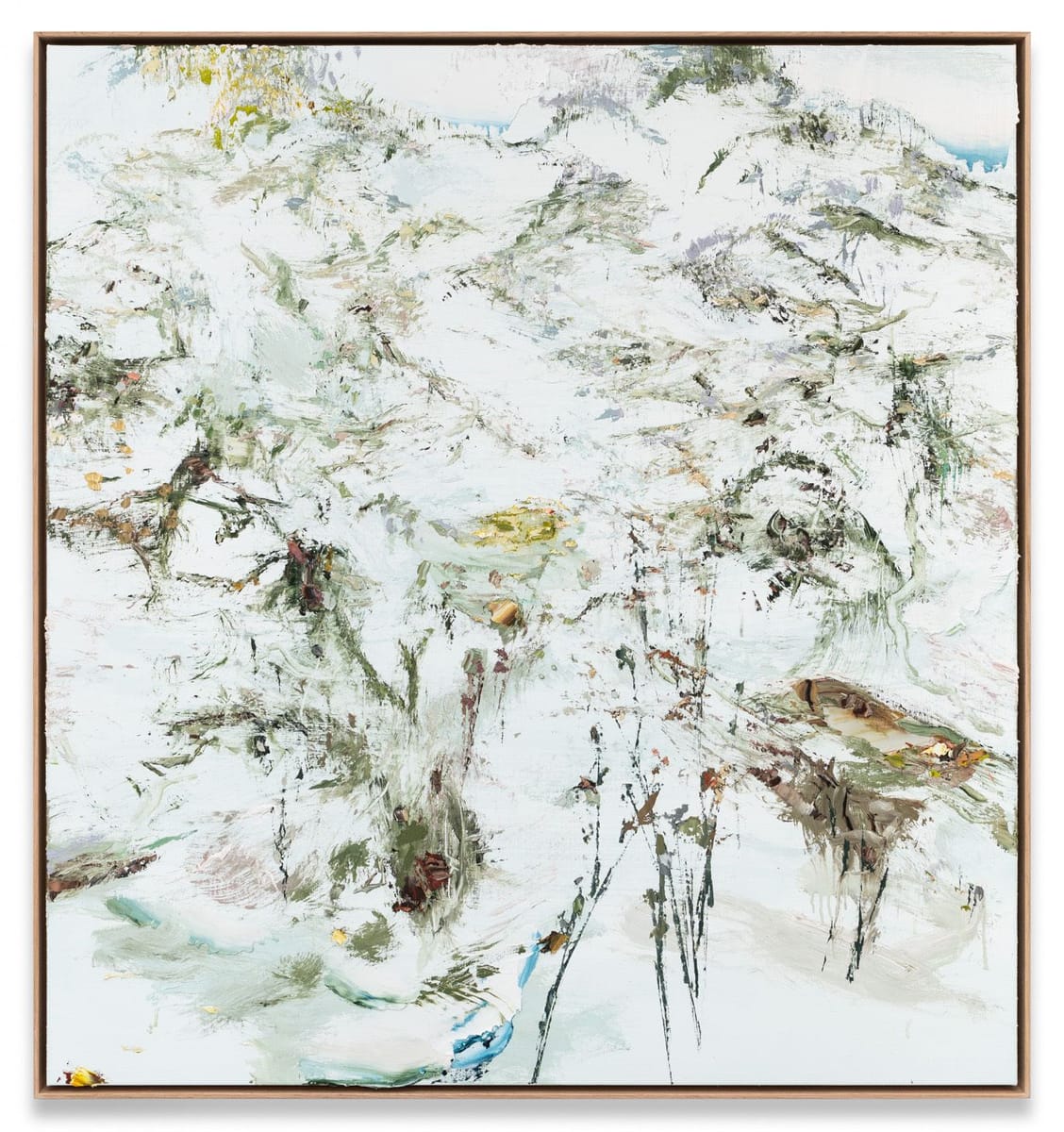
oil on linen
150 x 140 cm
SOLD

Autumn Arrangement - Giro Station2023
oil on linen
150 x 140 cm
oil on linen
150 x 140 cm
SOLD

oil on linen
192 x 144 cm
SOLD

As Autumn Rides In On Warm Pockets of Summer Air2023
oil on linen
192 x 144 cm
oil on linen
192 x 144 cm
SOLD
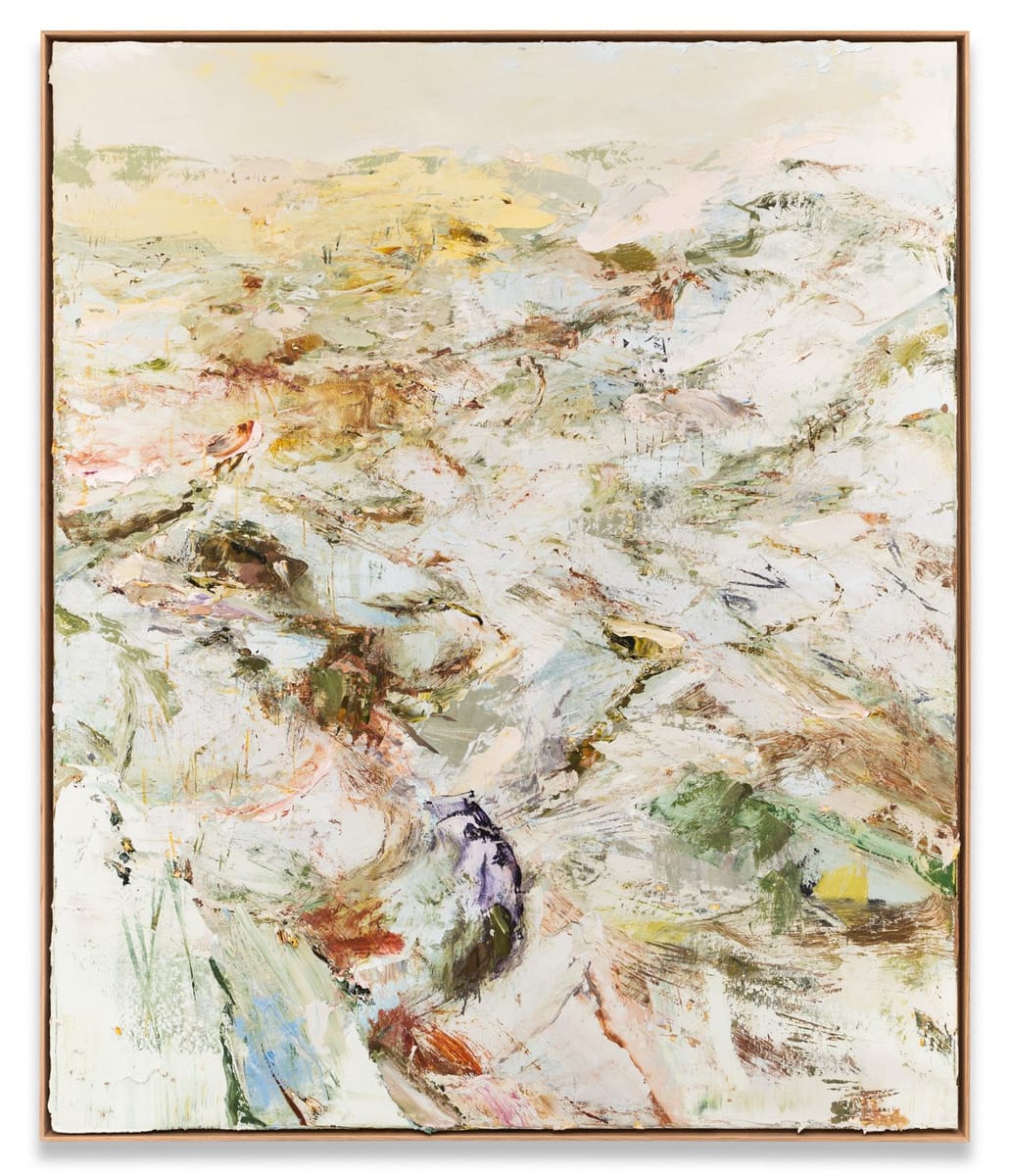
oil on linen
180 x 150 cm
SOLD

Summer Passing Giro Station2023
oil on linen
180 x 150 cm
oil on linen
180 x 150 cm
SOLD
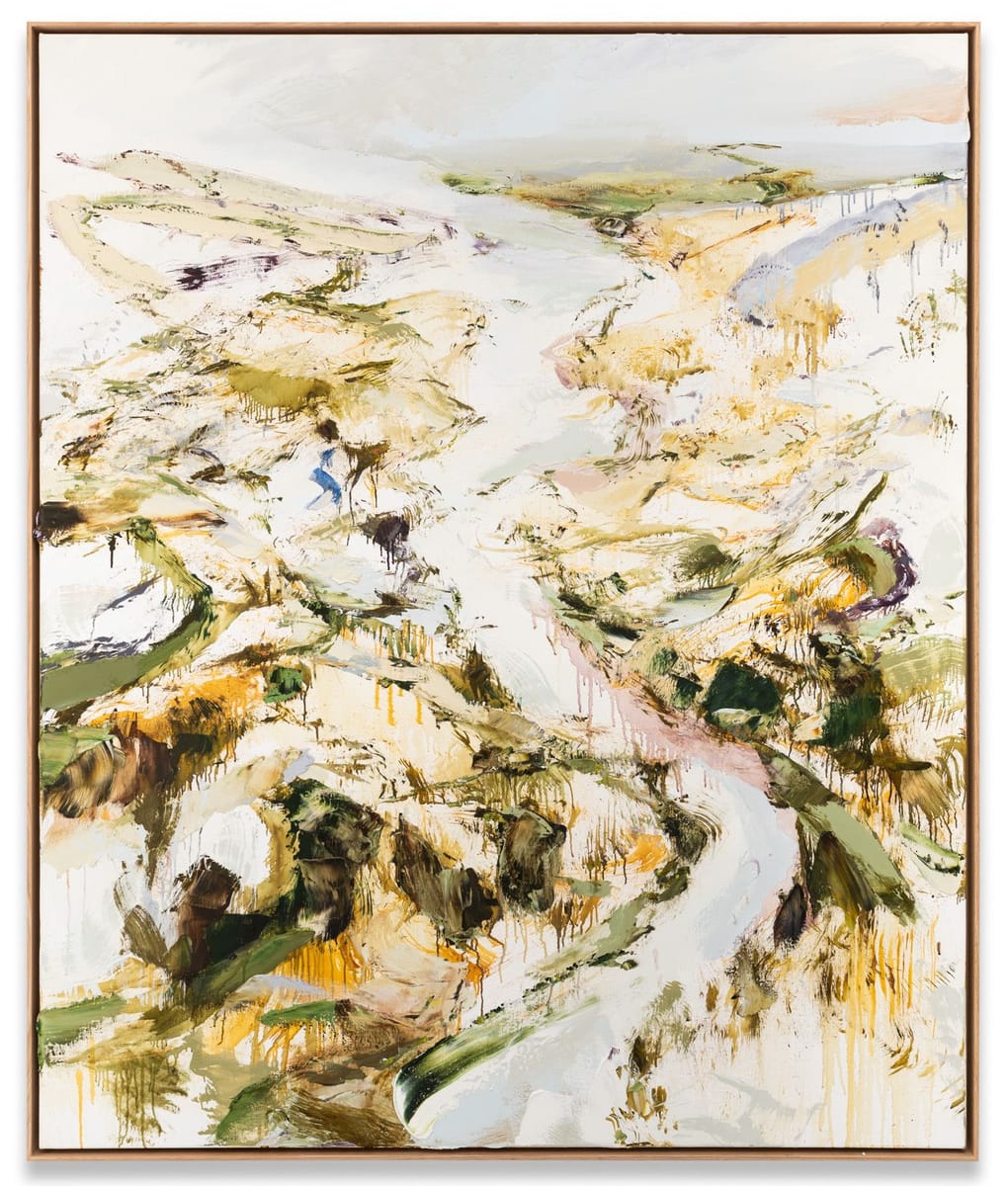
oil on linen
180 x 150 cm
$18,900
ENQUIRE

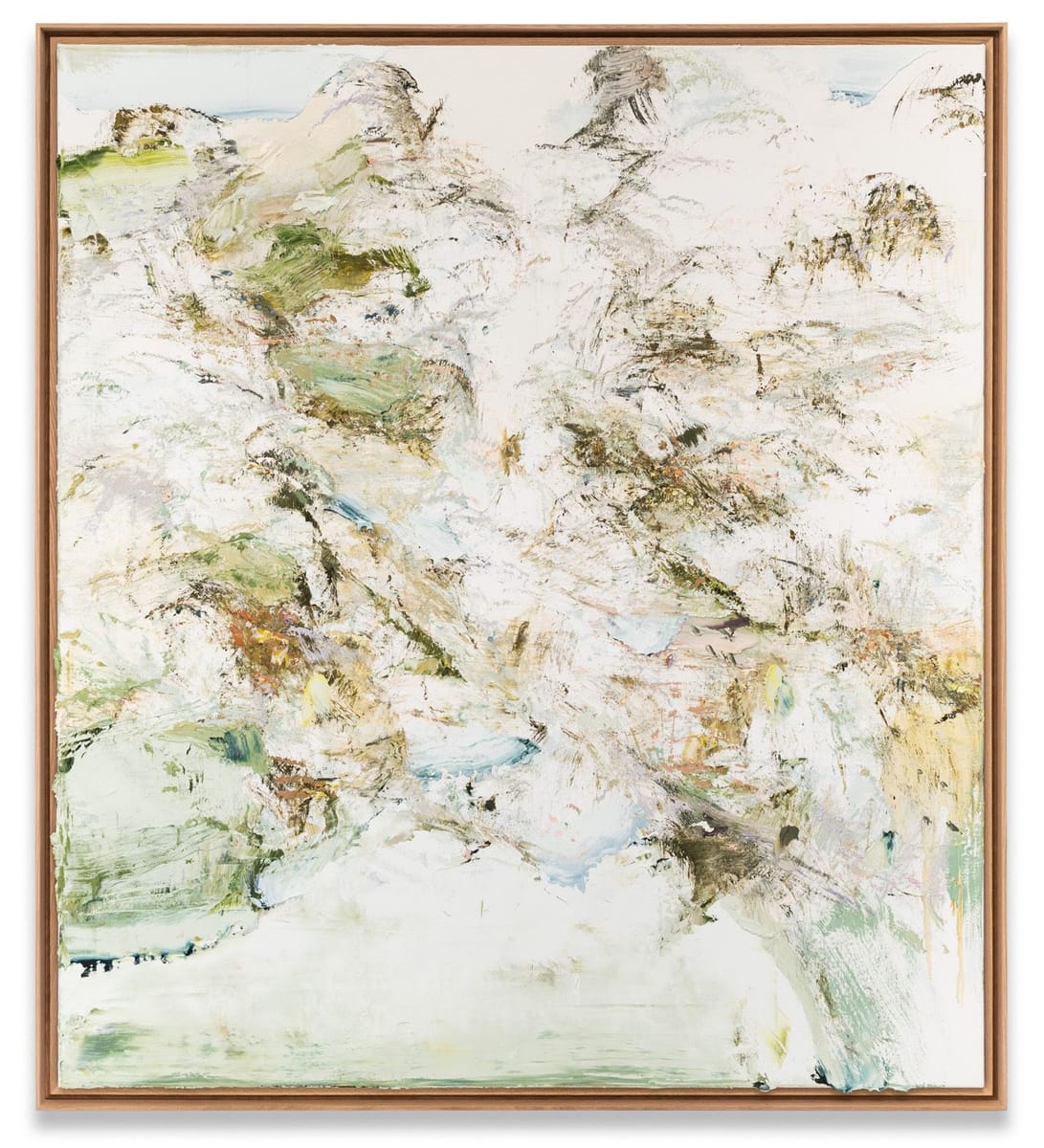
oil on linen
180 x 160 cm
SOLD

River Song2023
oil on linen
180 x 160 cm
oil on linen
180 x 160 cm
SOLD